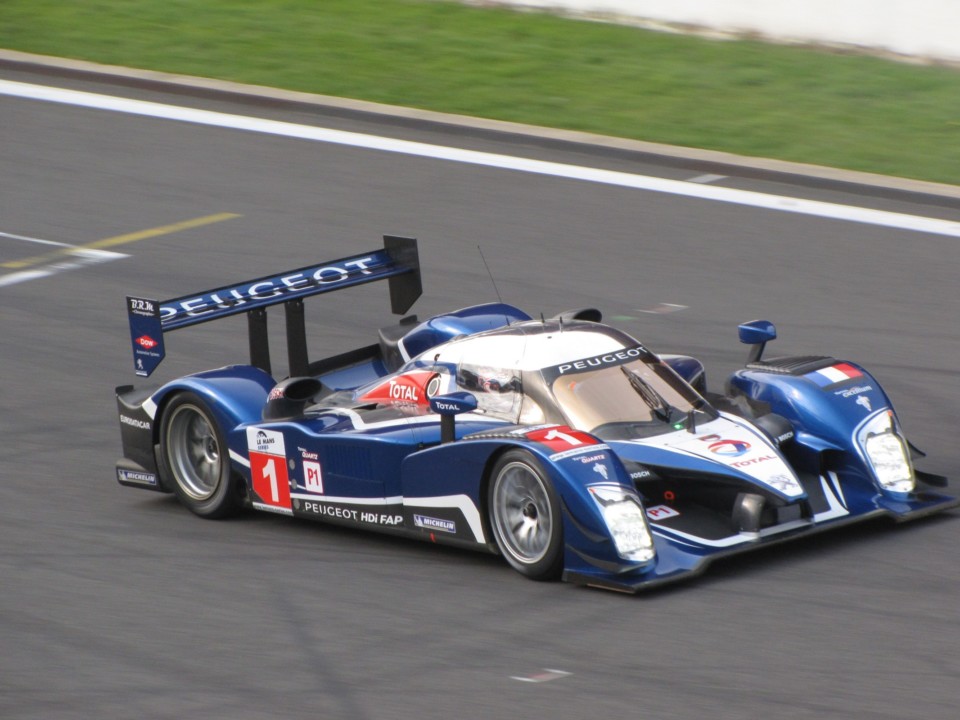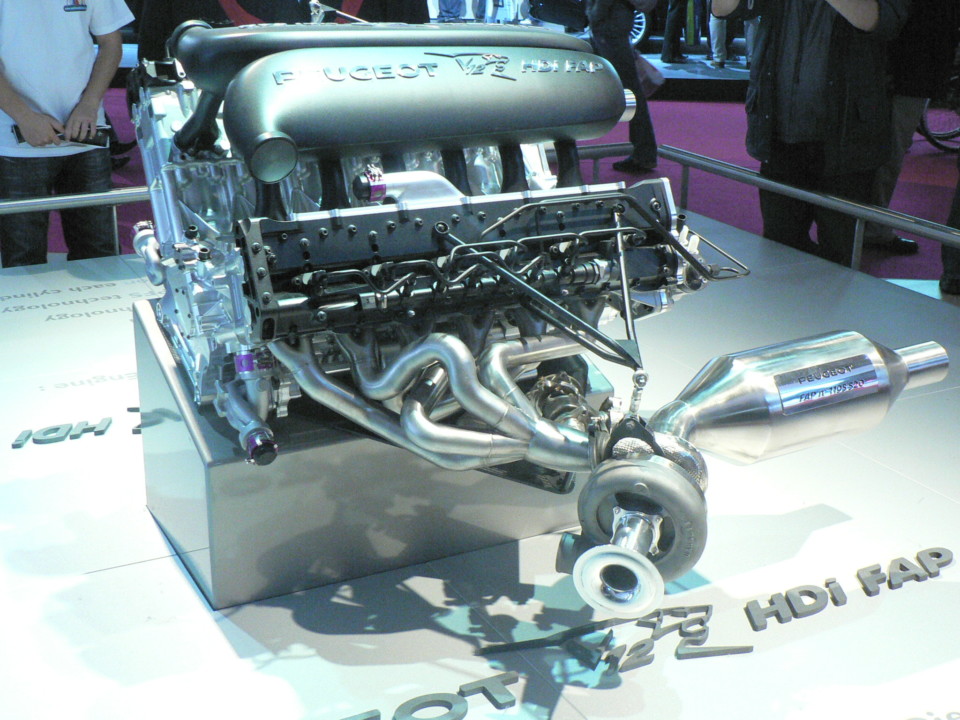Having both the verbal dexterity and driving ability that Richard Meaden possesses, opens a few doors in the world of racing. Not only does he get to compete in serious categories like the Audi TT Cup, but he’s handed the keys (figuratively speaking) to some of the fastest cars on the planet, like this LMP2 Alpine. Even with all the experiences he’s had, the Evo writer and all-around savage behind the wheel must’ve had to pinch himself when Peugeot offered their 908 HDi FAP for a test.
Getting to test an LMP1 car is very special — even for a respected and well-traveled journalist like Meaden — but getting to test the 2009-winning car, at a very fast track, with great weather, and support from Chamberlin Synergy Motorsport is a treat savored by a select few.

Clean lines, turbo snorkels, and a low roofline make it a stunner. Photo credit: DoomWarrior/CC 3.0
This was Peugeot Sport‘s first Le Mans effort since the end of the Peugeot 905 project in 1993. Though the 908 HDi FAP won 19 of the 28 races in which it competed between 2007 and 2010, its success is only one feature which defined it. Perhaps one of the more distinguishing features is the unattractive whirring made by its diesel V12. Displacing 5.5-liters and force-fed by two turbochargers, the V12 is just as powerful as it is torquey.
Aided by a relatively small size, plus a long stroke, the motor makes 730 horsepower and 890 lb-ft of torque, nearly 10% more than Audi’s R10 TDI. When that power is sent through a Ricardo six-speed, it fires the slinky prototype out of slow-speed corners effortlessly and still has enough top-end to hit 230 mph. However, while the performance is remarkable, the sound of the motor isn’t all that impressive. In fact, it sounds a little like a moving van.

Though these figures are never official, the massive powerplant makes ~700 horsepower comfortably. Note the large particulate filters on the turbochargers. Photo credit: Ton1/CC-3.0
It’s an odd choice of powerplant for such a gorgeous machine, but it suits the entire package well. Because of the weight penalty for running a diesel engine instead of a petrol engine, Peugeot decided on a strangely shaped engine. The 100-degree V12, chosen for its low center of gravity, nestled nicely into the car. Plus, those pavement-churning levels of torque are useful when navigating through packs of slower cars.
Fortunately, the sound is much better from the outside than from inside the car.
Even with that massive lump of a motor sitting midship, the 908 HDI FAP weighs in just under 2,000 pounds — especially with a very stiff carbon tub. Factor in massive wings, with immense carbon brake discs, and the machine has performance rivaling that of a powerful open-wheeler. Yet it can run for a day without pause. It’s even wrapped up an in attractive shell, and despite the unflattering noise it makes, it stands as one of the best Le Mans racers to ever come out of France.





















